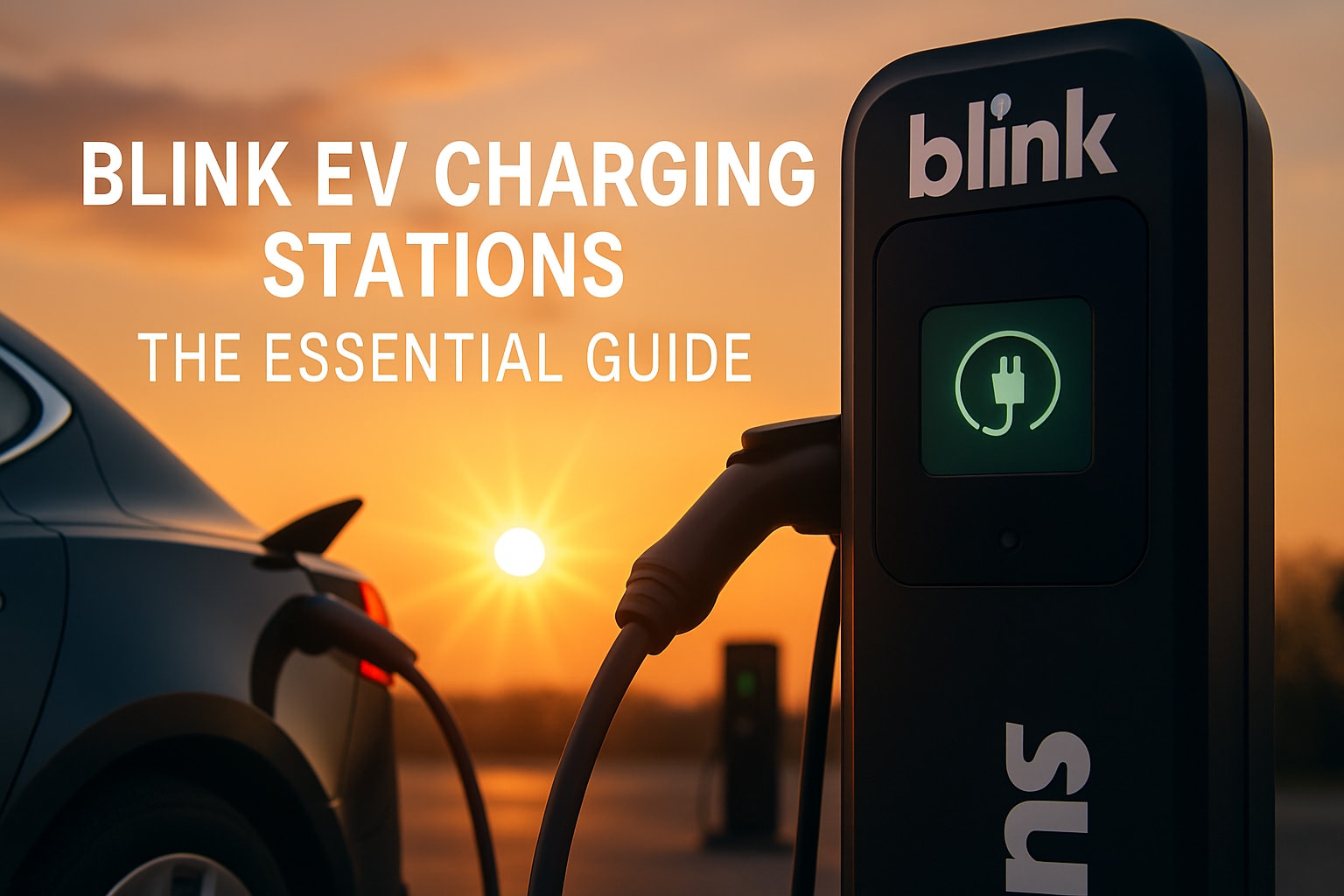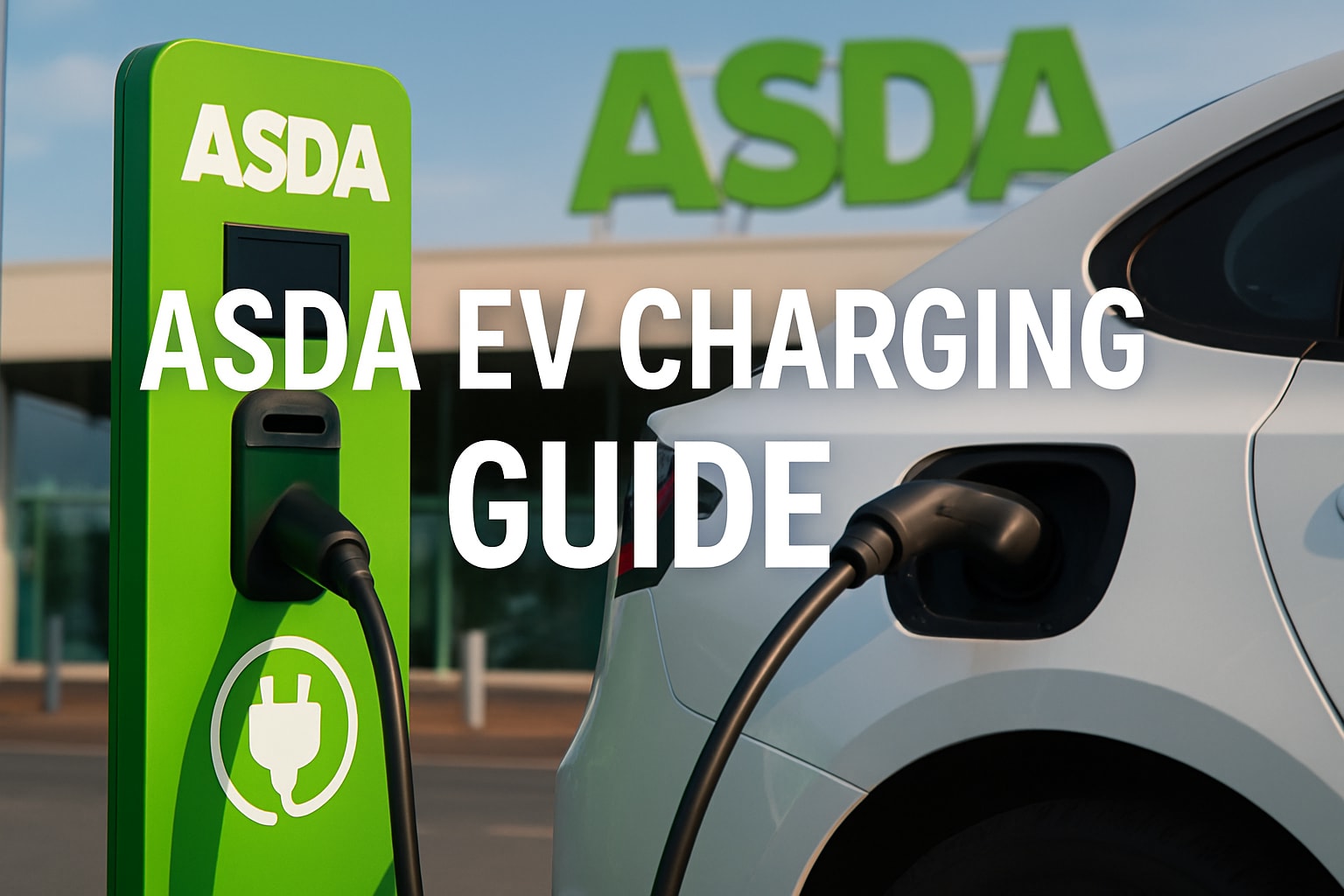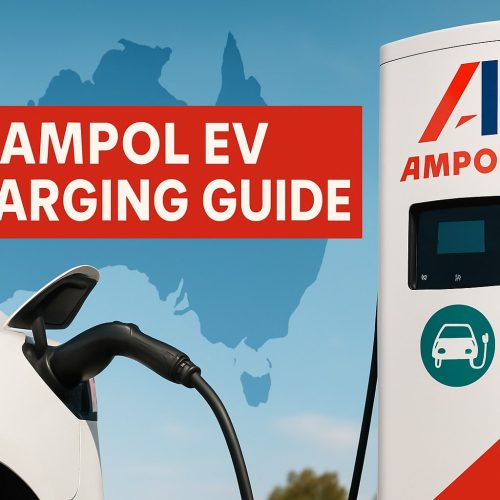As electric cars continue to gain popularity, many people wonder if these vehicles require the same maintenance tasks as traditional internal combustion engine (ICE) cars. One particular question that comes up frequently is whether electric cars need oil changes. In this article, we will explore the maintenance differences between electric cars and ICE cars, explain why electric cars don’t require oil changes, and discuss the reduced maintenance costs associated with owning an electric vehicle (EV).
The Difference in Maintenance Between Electric Cars and ICE Cars
When it comes to maintenance, electric cars have a significant advantage over ICE cars. This is primarily due to the simpler mechanical systems and fewer moving parts in electric cars. Unlike ICE cars that have hundreds of parts working together, electric cars primarily rely on electric motors to generate power and propel the vehicle.
In ICE cars, regular oil changes are necessary to lubricate the various components, such as the engine, pistons, and crankshaft. However, electric cars do not have internal combustion engines that require oil to function. As a result, oil changes are not necessary for electric cars, eliminating one of the regular maintenance tasks associated with ICE cars.
Why Electric Cars Don’t Require Oil Changes
To understand why electric cars don’t need oil changes, it’s important to first grasp the components and systems in ICE cars that necessitate these routine maintenance activities. In an ICE car, oil is vital for lubricating the moving parts of the engine and reducing friction and wear. Without regular oil changes, the oil can become contaminated with dirt, debris, and combustion by-products, which can lead to engine damage and reduced performance.
On the other hand, electric cars use electric motors instead of internal combustion engines. Electric motors function entirely differently and do not require oil to operate. These motors use magnets and an electrical current to generate rotational motion, resulting in the movement of the vehicle. Since electric motors have fewer components and experience less friction compared to ICE engines, the need for oil as a lubricant is eliminated.
Reduced Maintenance Costs for Electric Cars
The absence of oil changes in electric cars offers significant cost savings for EV owners. Regular oil changes for ICE cars can add up over time, with costs varying depending on the type of oil, the vehicle’s make and model, and the service provider. By not requiring oil changes, electric car owners can save money on this specific maintenance task.
While electric cars may not need oil changes, it’s worth noting that they still require other maintenance tasks. These include regular tire rotations, brake checks, and battery inspections. Additionally, electric car owners should also follow the manufacturer’s recommendations for maintenance intervals and inspections to ensure the overall health and performance of their vehicle.
Maintenance Tasks for Electric Cars
Here are some of the maintenance tasks that electric car owners should still perform regularly:
- Tire Rotations: Regularly rotating the tires helps ensure even wear and prolongs their lifespan. This maintenance task is essential for maintaining optimum traction, stability, and fuel efficiency.
- Brake Checks: Although electric cars use regenerative braking, which reduces wear on the brake pads, it’s still important to have the brake system inspected regularly. This ensures proper functioning and safety.
- Battery Inspections: While electric car batteries are known for their longevity and durability, regular inspections can help identify any potential issues or degradation over time. Following the manufacturer’s guidelines for battery maintenance will aid in maximizing its performance and lifespan.
It’s important to remember that the components and systems in electric cars are designed with longevity and durability in mind. With fewer moving parts and the absence of oil changes, electric cars can potentially have lower maintenance costs compared to ICE cars.
Conclusion
Electric cars offer several advantages over traditional ICE cars, including reduced maintenance needs. The absence of oil changes is a notable benefit for EV owners, saving them both time and money. Electric cars rely on electric motors, which operate differently from internal combustion engines and do not require oil for lubrication. While other maintenance tasks are still necessary, overall maintenance costs for electric cars are generally lower compared to ICE cars.
If you’re in the market for a vehicle that offers environmental benefits and reduced maintenance needs, electric cars are a compelling choice.
Oil changes are a regular maintenance task for internal combustion engine (ICE) cars due to the many components and systems that require lubrication. In ICE cars, oil plays a crucial role in reducing friction and wear between moving parts of the engine such as the pistons, crankshafts, and camshafts. Over time, the oil can become contaminated with dirt and combustion by-products, leading to engine damage and reduced performance if not replaced regularly.

On the other hand, electric cars use electric motors instead of internal combustion engines. Electric motors operate on a completely different principle and do not rely on oil for lubrication. These motors utilize magnets and an electrical current to generate rotational motion, which propels the vehicle. Compared to ICE engines, electric motors have fewer components and experience less friction, hence eliminating the need for oil changes.
One of the main benefits of electric cars not requiring oil changes is the reduction in maintenance costs. Regular oil changes for ICE cars can add up over time, accounting for the cost of oil, filters, and labor. The price can vary depending on the type of oil, vehicle make and model, and the service provider. By not needing oil changes, electric car owners can save money and allocate it to other aspects of vehicle maintenance or invest in additional charging infrastructure.
Although electric cars do not require oil changes, they still have some maintenance needs. Here are a few tasks that electric car owners should perform regularly to ensure the optimal performance and longevity of their vehicles:
- Tire Rotations: Regularly rotating the tires is essential to ensure even wear and prolong their lifespan. This maintenance task helps maintain optimum traction, stability, and fuel efficiency.
- Brake Checks: Electric cars typically use regenerative braking, which reduces wear on the brake pads. However, it is still important to have the brake system inspected regularly to ensure proper functioning and safety.
- Battery Inspections: While electric car batteries are known for their longevity and durability, regular inspections and maintenance are necessary. Following the manufacturer’s guidelines for battery maintenance helps maximize its performance and lifespan.
It’s worth noting that electric cars generally have fewer moving parts compared to ICE cars. This results in reduced wear and tear on various components, leading to potentially lower maintenance costs overall. Additionally, advancements in electric vehicle technology continue to improve the durability and longevity of electric car components, reducing the need for frequent repairs or replacements.
In conclusion, electric cars do not require oil changes due to their reliance on electric motors rather than internal combustion engines. This aspect offers several advantages, including cost savings, reduced maintenance needs, and a simpler approach to vehicle maintenance. While electric cars still require regular tire rotations, brake checks, and battery inspections, their overall maintenance costs are typically lower compared to ICE cars. With their environmental benefits and reduced maintenance needs, electric cars are an appealing choice for individuals looking for sustainable and low-maintenance transportation options.## Reduced Maintenance Costs for Electric Cars
One of the significant advantages of electric cars over ICE cars is the reduced maintenance costs. With fewer moving parts and the absence of oil changes, electric cars generally have lower maintenance needs, translating into potential savings for their owners.
To put the cost difference into perspective, let’s compare the expenses associated with oil changes in ICE cars to the absence of such costs in electric vehicles. The cost of an oil change can vary depending on factors such as the type of oil, the make and model of the vehicle, and the service provider. On average, an oil change for an ICE car can cost anywhere between $30 to $80 or even more, depending on these variables.
In contrast, electric cars do not require oil changes, eliminating this specific maintenance expense altogether. Consequently, electric car owners can save money that would otherwise be spent on oil changes and allocate it towards other vehicle maintenance needs or invest in additional charging infrastructure.
While electric cars do not need oil changes, it’s essential to note that they still require other maintenance tasks to ensure optimal performance and longevity. These tasks include regular tire rotations, brake checks, and battery inspections.
Regular tire rotations are crucial for even wear and prolonging the lifespan of the tires. This maintenance task helps maintain optimum traction, stability, and fuel efficiency, thereby reducing the need for premature tire replacements. Brake checks are also essential, even though electric cars predominantly utilize regenerative braking, which reduces wear on the brake pads. Regular inspections of the brake system ensure proper functioning and safety.
Another critical maintenance task for electric car owners is battery inspections. While electric car batteries are known for their longevity and durability, regular inspections are necessary to identify any potential issues or degradation over time. Following the manufacturer’s guidelines for battery maintenance helps maximize its performance and lifespan.
It’s worth underscoring that electric cars generally have fewer moving parts compared to their ICE counterparts. This results in reduced wear and tear on various components, potentially leading to lower maintenance costs overall. Additionally, advancements in electric vehicle technology continue to improve the durability and longevity of electric car components, reducing the need for frequent repairs or replacements.
To summarize, the absence of oil changes in electric cars offers clear cost-saving advantages for electric vehicle owners. Regular oil changes in ICE cars can be a recurring expense, which varies based on several factors. By not requiring oil changes, electric cars present an opportunity for financial savings compared to their ICE counterparts. However, it’s important to note that electric cars still require regular tire rotations, brake checks, and battery inspections to ensure optimal performance and longevity. With their reduced maintenance needs and potential cost savings, electric cars offer a compelling option for environmentally conscious consumers looking for sustainable and low-maintenance transportation solutions.
Understanding EV Charging: Your Guide to EV Charging Explained can provide further insights into electric vehicle charging and help you make informed decisions about your EV charging needs.








